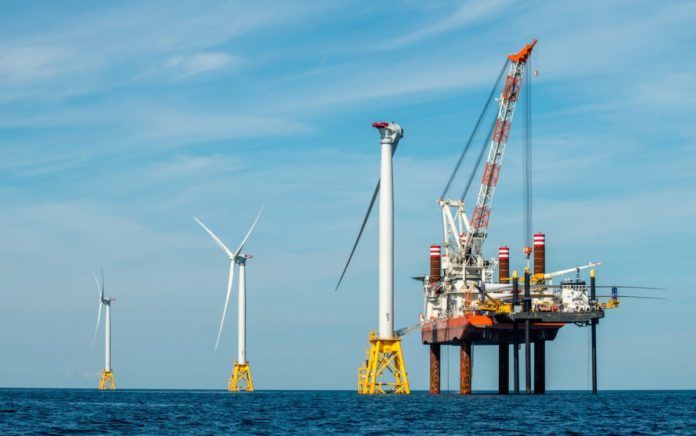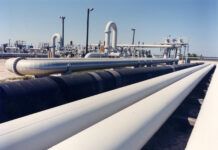These are interesting times for the oil industry in the Gulf of Mexico, which is so critical to the economic fates of families and businesses in south Louisiana.
Low oil prices have dealt a brutal blow to the industry, to jobs in places like Houma, and to the capital expenditure decisions of the majors who are now largely lords of the Gulf.
It’s imperative that companies change business models to sustain future deepwater U.S. oil production growth, according to Ryan Malone, BP’s projects general manager for the Gulf of Mexico, Oil World reports.
Delivering a keynote presentation at the 2017 Louisiana Gulf Coast Oil Exposition (LAGCOE), Malone said that BP is operating under its belief that oil prices will remain “lower for longer,” predicting that oil prices will likely trend close to $50/bbl for the foreseeable future. This conclusion has led the company to examine every aspect of its operations, and to cut costs by refocusing and re-engineering its Gulf of Mexico program.
For many players in both the drilling and support sectors, simple math has shifted their resources to shale plays like the Permian Basin [See “Adapting to survive,” page 30].
Yet the news is not all bad. The Trump administration’s announcement at the beginning of the year to open 90% of federal waters off the U.S. coast to drilling sparked hope and debate on the online spaces of the The [Houma] Courier. “Drill, baby, drill,” said Hank Holland of Lockport on the newspaper’s Facebook page. “This is great.” “Not sure what this will accomplish,” countered Ed Guidry, also of Lockport. “Deepwater is stagnant right now due to shale.”
“In the short-term, the biggest potential impact for Houma-Thibodaux could come from opening the eastern Gulf to oil and gas drilling,” noted Courier executive editor Keith Magill. “The area, an easy working distance from the Gulf’s main oilfield service hub at Port Fourchon, has been off limits since 1988.”
And even though the BOEM quickly axed Florida’s coastal waters out of the plan, the fact remains that deepwater players have learned better how to make Gulf drilling profitable. At BP’s current cash break-even price of less than $40/bbl, Malone said, deepwater Gulf operations can be competitive with tight oil in the U.S. land sector.
“Yet not only development operations, but exploration operations also are becoming more viable,” Oil World noted. According to Malone, deepwater exploration wells have topped $200 million per well in the past decade, but more recently, Gulf of Mexico exploration wells have been drilled for less than $100 million, and in some cases, less than $50 million.
Similarly, Shell slashed its break-even price from $80/bbl to around $40/bbl to make its cutting-edge Appomattox project viable. And with prices touching $70/bbl for the first time in three years in January, the Gulf optimists got another lift.
On top of this came Wood Mackenzie’s mid-January projection that Gulf production will reach an all-time record this year. Furthermore, Woodmac goes a year further, with senior research analyst William Turner saying that production record could be broken again in 2019.
“In 2018 we expect to see nearly 2 million barrels equivalent per day, with about 80 percent being oil,” Turner noted in a podcast reported by Offshore Energy Today.
He said that for 2018 the fields that will be driving almost half of the growth are one new field, Stampede, which Wood Mackenzie expects to see coming online “any day now,” and five others that are expansions of legacy fields in the Gulf.
The variables at play are staggering. More U.S. production could increase supply and inventories and undercut the already-tenuous OPEC production cuts, leading to a price slide.
And as 10/12 Industry Report went to press, ExxonMobil leaked a $60 billion capital expenditure plan for the next five years that gives heavy emphasis to the Permian’s shale, tripling total daily production to more than 600,000 oil-equivalent barrels there. Stay tuned.









